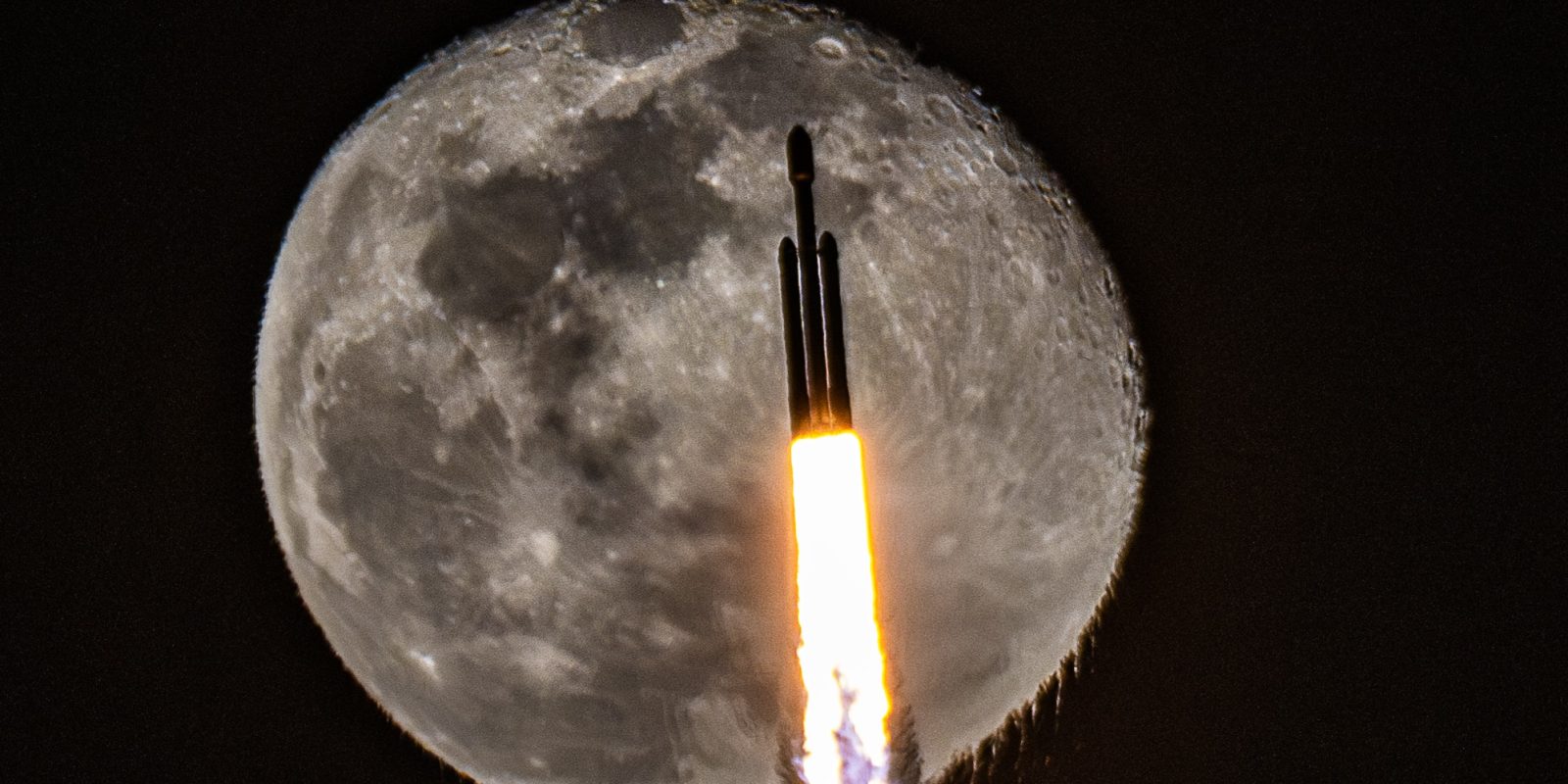
This week, two rockets returning to the launch pad after over six months. First will be SpaceX’s Falcon Heavy, launching NOAA’s GOES-U weather satellite, and Firefly’s Alpha, launching CatSat, and many others, a 6U CubeSat built by students from the University of Arizona.
An honorable mention, Japan’s H3 rocket will launch for the third time, its second of the year.
This week’s launches:
- June 25 (Tuesday)
- SpaceX | Falcon Heavy | GOES-U | 5:16 P.M. ET
- LC-39A, Kennedy Space Center, Florida
- SpaceX | Falcon Heavy | GOES-U | 5:16 P.M. ET
- June 26 (Wednesday)
- Firefly | Alpha | Noise of Summer | 9:00 P.M.
- SLC-2W, Vandenberg Space Force Base, California
- Firefly | Alpha | Noise of Summer | 9:00 P.M.
- June 27 (Thursday)
- Galactic Energy | Ceres 1S | Unknown | 1:30 A.M. ET
- Haiyang Spaceport, China Coastal Waters
- SpaceX | Falcon 9 | Starlink Group 10-3 | 6:55 A.M. ET
- SLC-40, Cape Canaveral Space Force Station, Florida
- Galactic Energy | Ceres 1S | Unknown | 1:30 A.M. ET
- June 29 (Saturday)
- MHI | H3 | ALOS-4 | 11:06 P.M. ET
- LA-Y2, Tanegashima Space Center, Japan
- MHI | H3 | ALOS-4 | 11:06 P.M. ET
- June 30 (Sunday)
- SpaceX | Falcon 9 | Starlink Group 8-9 | 3:11 A.M. ET
- SLC-40, Cape Canaveral Space Force Station, Florida
- SpaceX | Falcon 9 | Starlink Group 8-9 | 3:11 A.M. ET
SpaceX launching a Falcon Heavy… maybe?
We were all gearing up for the first launch of SpaceX’s Falcon Heavy rocket, still set for Tuesday afternoon. However, when SpaceX began moving the rocket out from its hanger at LC-39A, it was halted and moved back inside.
With the pad empty, and less than favorable weather on the forecast, a launch tomorrow is seemingly unlikely.
On top of the rocket is NOAA’s new GOES-U weather satellite. When in orbit it will become GOES-16 and be placed in the GOES East position, observing the continental United States, South America, and the Atlantic Ocean.
GOES-16, the current GOES East satellite, will be moved into a position over Colorado to serve as a hot spare for both East and West satellites.
Firefly Alpha back at the launch pad
Also after six months, Firefly’s Alpha rocket is at its launch site in California for its fifth launch, and hopefully second fully-successful mission.
Back in December, the second stage failed to relight, placing Lockheed Martin’s test satellite in a lower than planned orbit. While the spacecraft made it to space, it deorbited just two months later with no word on if the demonstration was successful.
For Wednesday, Firefly will fly CubSats for NASA’s Venture Class Launch Service 2 contract. The demo mission will have several small satellites from colleges, usually built and operated by students.
So far, Firefly only has one successful mission under its belt, one failure, and then two partial failures. While not a horrendous rate, its not a rate that will instill confidence on future customers if it continues without change.
FTC: We use income earning auto affiliate links. More.

Comments